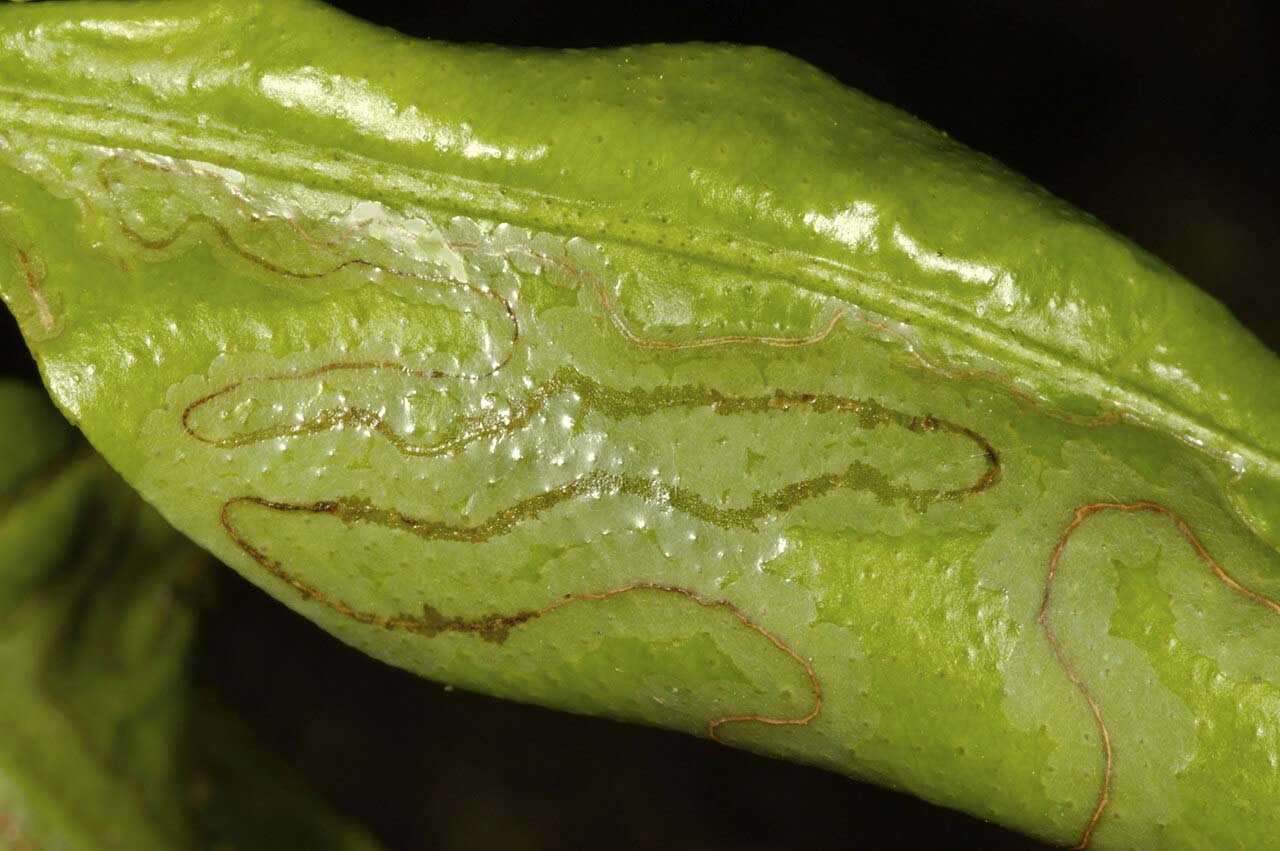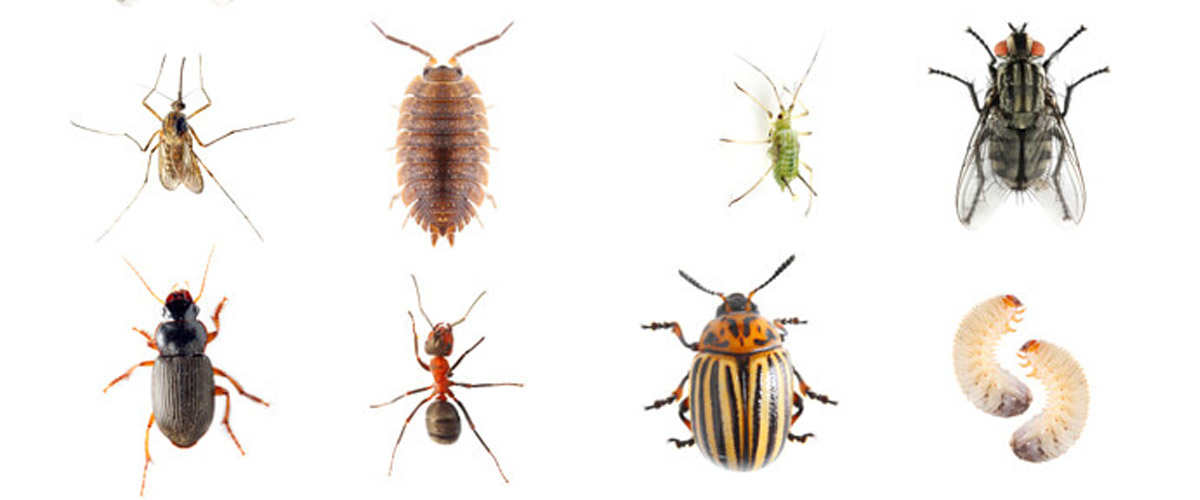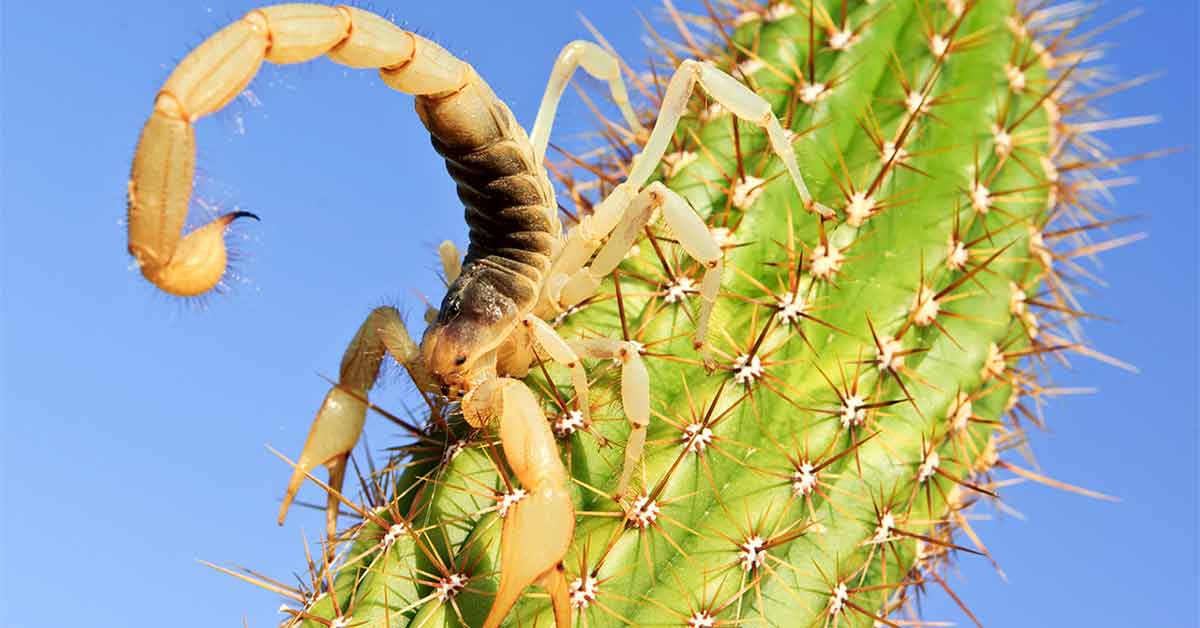Common Summer Pests of the Northeast
The warm and humid summer weather in the Northeast draws a variety of pests. The following troublemakers enjoy dining on your landscape at this time of year.*
LEAFMINER:
Serpentine markings on leaves are a sure sign of this pest. There are a wide variety of leafminers, and most adults are very small — about 1/8 inch long. The adult leafminer is generally black, looks like a tiny fly and lays eggs on foliage. The eggs hatch and become very small, legless larvae. The leafminer larva finds nourishment by “mining" the interior of plant foliage. The damage caused is more of a nuisance than a problem, except when feeding is extensive. The larvae feed on the foliage of potatoes, chard, peppers, spinach, beets and lettuce.1
- Designation: nuisance.
- Remedy: Protect susceptible crops with spunbonded polyester row cover when the plants are seedlings. To prevent spread of the pest, remove infected leaves promptly.
COLORADO POTATO BEETLE:
Yellow with black stripes, this beetle is easy to see in the garden. Its crimson and black-spotted larva is equally eye-catching.2 Both the adult beetle and larva are destructive, feeding on a wide variety of crops, including tomatoes, potatoes, tomatillos, eggplants and ground cherries.
- Designation: nuisance and harmful.
- Remedy: Apply a thick layer of mulch around susceptible garden plants to make it difficult for the larva to get to the plants and feed. Hand removal of both the beetle and larva is also effective. Simply knock them off plants and into a pail of soapy water to kill them. Also encourage natural enemies, including birds.
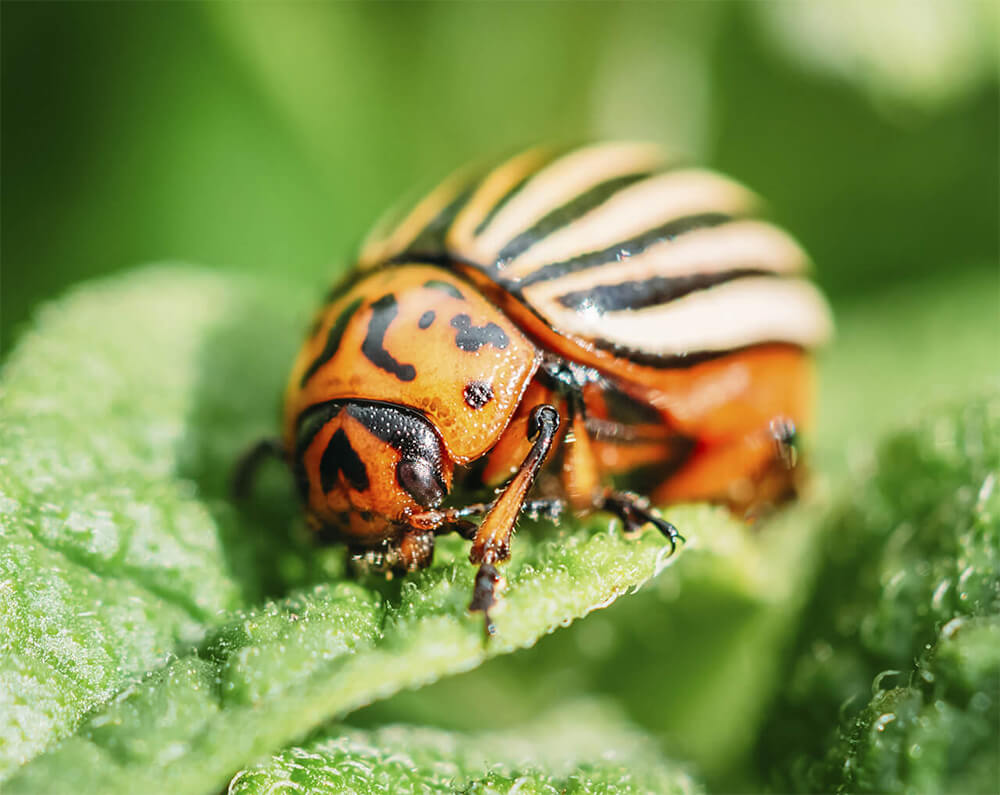
STINKBUG:
As its name suggests, the stinkbug produces a foul odor as a defense mechanism when threatened. The bug is 1 inch long, brown and has a shield-shaped back. The Brown Marmorated Stinkbug, which first appeared in Pennsylvania in 1998, has become an invasive species in the northeast.3 In addition to feeding on many ornamental plants, the stinkbug feeds on fruit trees and vegetable plants, including soybeans. The pest seeks shelter indoors during the winter months.
- Designation: nuisance and harmful.
- Remedy: Prevent the stinkbug from entering your home by closing up any entry points around the perimeter of your house.
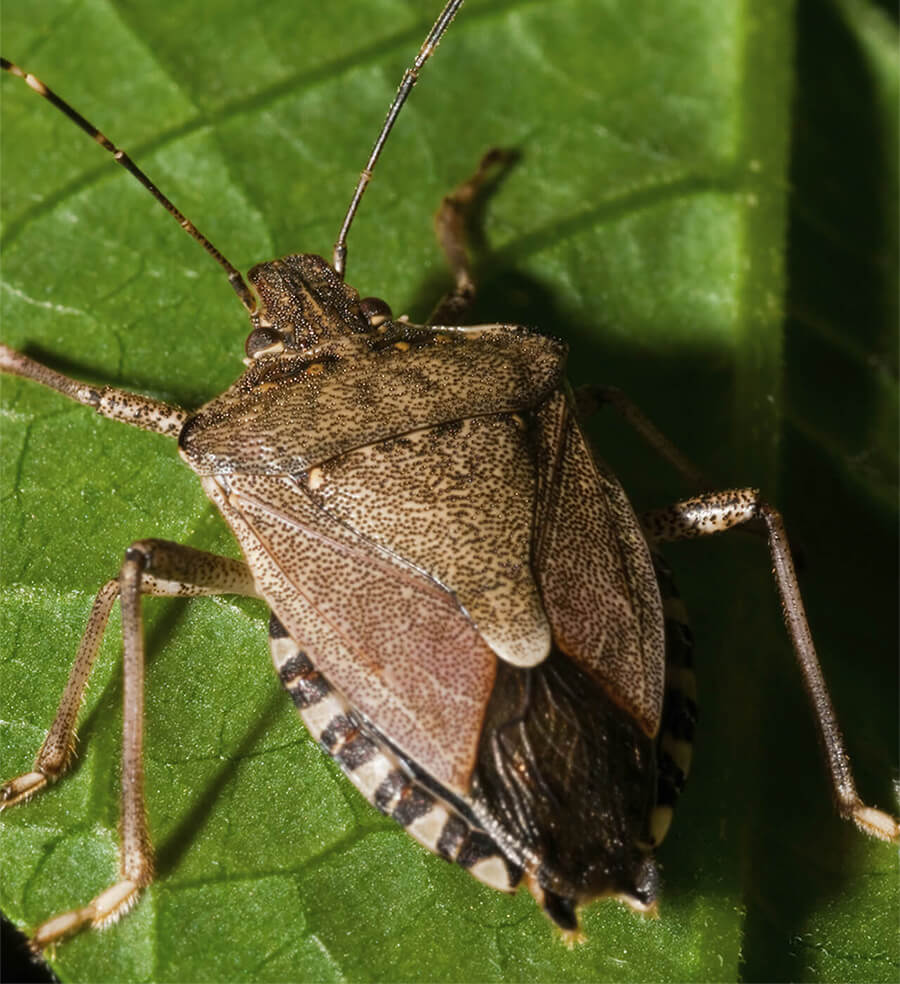
Amdro Quick Kill is a registered trademark of Central Garden & Pet Company.
Sources:
1. National Gardening Association Editors, "Leafminer," Garden.org.
2. "Colorado Potato Beetle," Penn State College of Agricultural Sciences Entomology, 2015.
3. Steve Jacobs, "Brown Marmorated Stink Bug," Penn State College of Agricultural Sciences Entomology, February 2015.
* For a quick remedy for most of the pests listed, treat with the wide-reaching Amdro Quick Kill Outdoor Insect Killer (RTS). This ready-to-spray product kills more than 500 landscape pests, making it your go-to summer pest control for any region. Remedy time will vary, depending on the size of the garden or yard. Most control measures involve taking simple steps. Follow all product label recommendations to ensure the greatest chance of pest control.

